Barcelona's 11 Greatest Sides of All Time
Stefan Vasilev@https://twitter.com/GoonersLoungeBarcelona's 11 Greatest Sides of All Time
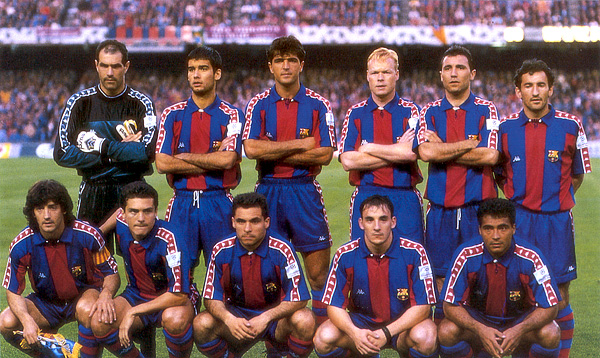
"More Than a Club" is the slogan for Barcelona FC.
Since its founding, Barcelona has been on a road of self-discovery. Some time along the way, the people of Catalonia started to envisage Barcelona as a symbol of their country—more than a club.
To some, especially in times of oppression under Fransisco Franco's long dictatorship in Spain, Barcelona FC was envisaged as the club who expressed the rights and freedom of the Catalonian people.
In history, the club has done its best to not disappoint the people who support it.
Through many faces, many sides of footballers led by managers with visions for the game as different as every sunrise, the L'equip blaugrana has always found a way to convey the concerns and believes of its supporters.
Some have managed to do it better than others.
Who are they?
Here are the 11 Greatest Sides in Barcelona's history:
11. The Cesar Menotti Transition to Terry Venables, 1982-85
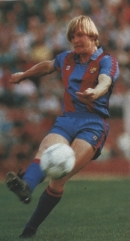
How can I not mention the tenure of one of football’s greatest in the Catalan club, Diego Maradona?
He joined in 1982 after the World Cup, and a year later, he donned three medals on his neck. But his tenure in Barcelona was not an easy one. He suffered a broken leg and got infected with hepatitis. He left in 1984 for Napoli.
After the 1983 success, with the inauguration of Terry Venables as the new managers, midfielder Bernd Schuster grabbed the opportunity to shine. In 1985, Barca won the Spanish League for the first time in 11 years. Two years later, they snatched the Spanish League cup.
The English manager also took L'equip blaugrana to their second European Cup final, but after a dramatic penalty shoot-out in which six out of eight penalties were squandered, Romanian side Steaua Bucuresti lifted the cup in front of dispirited Catalan faces.
10. Bobby Robson’s Short but Fruitful Stint, 1996-1997
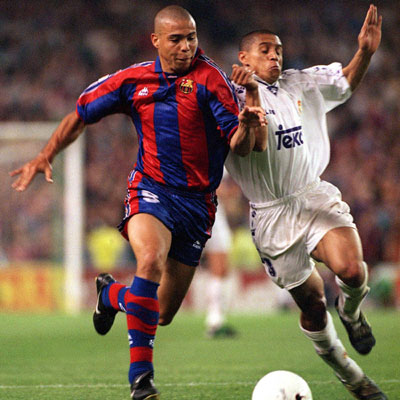
Bobby Robson’s surprising arrival to Barcelona in 1996 brought two other branded-to-become-famous faces: Ronaldo and Jose Mourinho, who he previously worked with at Porto.
Although considered as a temporary solution to Barca’s managerial aspirations, Bobby Robson’s tactical acumen and Ronaldo’s best year of his career quickly paid off.
Three more cups were won: the Spanish Supercup in 1996 and Copa Del Rey and the European Cup Winners cup in 1997.
Bobby Robson was just the temporary man for the job until Louis van Gaal became available, but the results his side achieved in such a short period of time left many wondering what would have been his football side if he had more time to build it.
Nonetheless, Bobby Robson marked Barcelona history.
9. The Laszlo Kubala Influence, Part Two, 1958-61
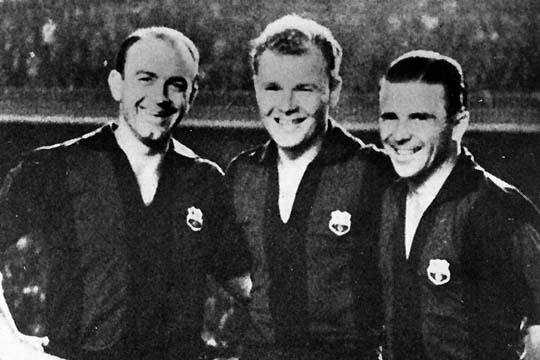
In 1958, Laszlo Kubala persuaded two of his compatriots, Hungarian refugees, to come and play with him at Barcelona. The three Hungarians would form the nucleus of the team with Luis Suarez and Evaristo.
The Catalans’ success from the previous seasons poured uninterrupted. They won the double in 1959 and yet again the Spanish League and Inter-Cities Fair Cup in 1960.
With the beginning of the next decade, Kubala found himself fallen out of favor in the eyes of manager Helenio Herrera. Like Sauron without his ring of power, Barcelona suffered defeat at the hand of arch-rivals Real Madrid in the 1960 semifinals of the European Cup.
Herrero fired; Kubala restored to first team: revenge was served in the next year. Barcelona became the first club to beat Real Madrid in the European Cup competition.
Laszlo Kubala’s rein of Barcelona affairs ended soon after.
PS: Part One is higher on the list.
8. Louis Van Gaal’s Side, 1997-2000
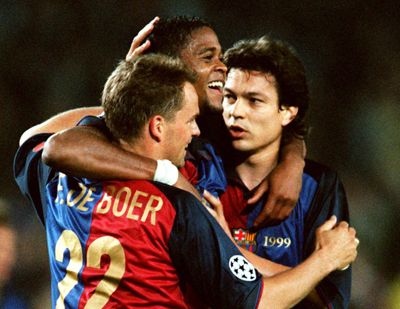
With the arrival of Louis van Gaal from Ajax in 1997, a true Dutch colonization was instigated at Barcelona.
Slowly but surely, the Ajax stars that had taken over the world under Van Gaal started to rejoin him one by one. Reiziger, the brothers Frank and Ronald De Boer, Philip Cocu, Jari Litmanen, Patrick Kluivert and Boedewijn Zenden were among the army of colonizers led by Van Gaal.
From a Blaugurana perspective, the new Dutch manager might have seemed as one preaching a fundamentally different philosophy from theirs. This was bound to cause clashes, and it did.
Despite winning the La Liga twice and the Copa Del Rey once in his first two seasons of tenure, the failures of Barcelona on the European stage were enough to elevate the buried discontent of the fans to the surface.
He was not liked by the fans and by the media despite winning three trophies. Players often contradicted him. Brazilian star Rivaldo was one of those players. Overall, Van Gaal couldn’t brag with living through the best of times in his Barcelona tenure.
His positives were often overlooked, but in truth, Van Gaal’s side reaped some success, and most importantly, provided the favorable environment for players to emerge from the youth ranks. Xavi Hernandez, Victor Valdes and Carles Puyol were some of those players who were given the chance.
7. The Laszlo Kubala Influence, Part One, 1951-58
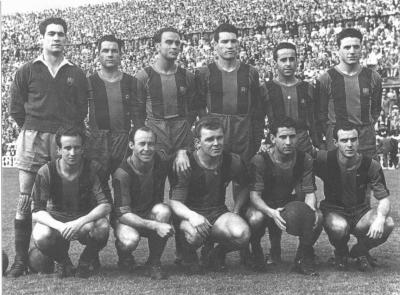
On June 15, 1950, two Hungarians joined Barcelona to signify the beginning of yet another transformation: Laszlo Kubala and new manager Ferdinand Daucik. They were the masterminds of the success to come.
In 1951, Kubala scored 26 goals in 19 games, breaking the La Liga’s record for most scored in a single match with seven against Sporting de Gijon. Along with his manager and the help of his teammates, Emilio Aldecoa, Juan Zambudio Velasco, Joan Segarra and Antoni Ramallets, Kubala won five medals this season—one of the most successful seasons in Barcelona history.
That side won eight trophies from 1951 to 1958: twice the Spanish League, four times the Spanish Cup and twice the Supercope de Espana.
6. Rinus Michels’ Side, 1973-78

"It is an art in itself to compose a starting team, finding the balance between creative players and those with destructive powers, and between defence, construction and attack—never forgetting the quality of the opposition and the specific pressures of each match.", Rinus Michels wrote about every manager’s fundamentals task.
It’s an art that he had perfected. He was the mastermind behind the Netherlands side of the 1974.
Michels had already been well-known for his successful employment of total football with Ajax and the Netherlands national side before he sat at the managerial stool of Barcelona.
He managed the club between 1971 and 75 and then from 1976 to 78. He had the time to build the side he wanted, and with his brilliant mind, he dove deep into the total football style to explore it.
Most of all, Johan Cruyff stood up from all the rest. He was the man who could make Michels' ideas materialize on the field. The team revolved around him. The two Dutchmen made things click for the Catalans. The Dutch connection had started. And it brought success.
Although the side won only two trophies, they ended the club’s 13-year trophy drought through the tactical ingenuity of Rinus Michels, skill and vision of Johan Cruyff and the support of quality players like Juan Manuel Asensi, Carles Recach and Hugo Sotil.
This makes them a historical football side and one of the best Barcelona has had.
5. Frank Rijkaard’s Side, 2003-2006

Having lastly won a trophy in 1999, Barcelona fans were desperate to see the dry period end. Their hopes focused on Dutch hero Frank Rijkaard, who assumed the position of Barcelona manager in 2003.
Times were ones of change, as the club had gone through a change in administration: Joan Laporta had seized control from his unsuccessful predecessor, Joan Gaspart.
With the new president focused on reviving the glory years of the past, Rijkaard had a strong backing and was allowed the freedom to implement his ideas to the squad.
Not much was changed initially. Relying on the inherited team, and with one new signing in Ronaldinho, Rijkaard pushed the Catalan team to the second position in Premiera Division. In the next year, the refurbishment of the team began. Ronaldinho was given a more central role and previously promoted from the youth division players like Xavi, Andres Iniesta, Victor Valdes and Carles Puyol re-established themselves.
Two back-to-back La Liga titles followed; a Supercopa the Espana and a Champions League trophy after beating Arsenal 2-1 in the final.
Rijkaard’s philosophy was in the mould of Johan Cruyff’s—a thing reminiscent of great times for Barcelona fans. The team played attacking and beautiful football, which proved to be successful.
The Dutchman stayed for two more years, but failed to win more trophies. Despite that, he gave Barcelona the glory they sought after six years of drought and an emerging player, Lionel Messi, the foundation for development he needed.
4. The 1944-49 Barcelona Side, a Snowdrop Finds Its Way Through the Snow
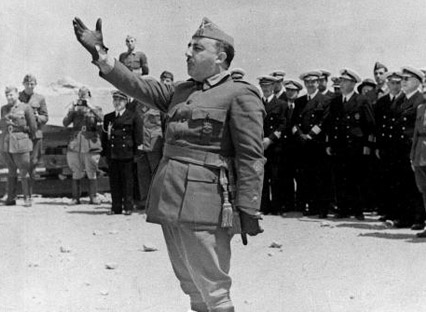
In those difficult times for Spain—it was under the dictatorship of Francisco Franco—the Catalan club suffered repressions. Football was not as important as what it could relay.
And that’s exactly what Barcelona did for the Catalan people.
In 1943, Barcelona played Real Madrid in the Copa del Generalisimo (yes, there were football tournaments in George Orwell’s 1984; can you believe it?). They won with a result of 3-0 in the first match. Before the second leg, they had a visit from Franco’s head of state to remind them they were only playing due of the “generosity of the regime."
Real won that match 11-1.
Despite the endured oppression, having players like Cesar, Antoni Ramallets and Juan Zambudio Velasco coached by Barca legend Josep Samitier meant Barcelona would inevitably succeed on the meadow.
From 1945 to 49 the Catalans added their second, third and fourth Spanish League titles.
What makes this side special was they played football and won during dangerous of times for everyone with a slightly different mindset than Franco’s—the Catalans had one and demonstrated it on the field.
They were on the rise.
3. The Sides of the 1920s, the End of the Club’s First Golden Age

The 1920s were times of self-discovery for Barcelona. It was by that time the club started to recognize its symbolic meaning to the Catalan people.
It was at the time the club began to become more than a club. Jack Greenwell, the then manager, was the one who laid the foundation for success on the field.
In the team he built, the Barcelona all-time top goal-scorer played alongside the club’s second best top goal-scorer, Paulino Alcantara and Josep Samitier respectively.
The Catalans also boasted players like Ricardo Zamora, Emilio Sagi, Felix Sesumaga and Franz Platko.
The period marked the embarking of Barcelona on a long journey of success.
They won the Spanish Cup six times, the Catalan Championship five times and the club’s first Spanish League title in 1929.
2. Pep Guardiola’s Side, 2008-Now

In 2008, an ex-Barca player who had played under Johan Cruyff was appointed the new manager of the club. Pep Guardiola’s opinions diverged from those of previous manager Frank Rijkaard. He was quick to act by offloading three of the club’s stars: Ronaldinho, Sammuel Eto’o and Deco to Milan, Inter-Milan and Chelsea respectively, to add to the list of players not included in his plans.
On that list, the names of Giovani Dos Santos, Edmilson and Lilian Thuram were already written.
The voids were filled by Daniel Alves and Seudou Keita from Sevilla, Martin Caseres from Villarreal, Gerrard Pique from Manchester United and Alexander Hleb from Arsenal. Three players were promoted from the youth ranks: Sergio Busquets, Pedro Rodriguez and Jeffren Suarez.
Pep’s own version of Johan Cruyff’s “tiki-taka” initiated.
He won an amazing of six trophies that year. Johan Cruyff might have stirred in his sleep: Maybe the disciple is better than the master?
The success story continued up to a few days ago when Pep Guardiola added another Champions League trophy to raise the number of trophies he has won to 10 so far.
Pep, however, was very lucky to have a real gem already in the squad prior to his arrival—the short Argentinean boy Lionel Messi.
Lionel Messi, targeted by midfield generals Xavi Hernandez and Andres Iniesta, has made sure Pep Guardiola’s tactics would work like a charm.
For that reason, Pep Guardiola remains second after the man who inspired him in his coaching ways—Johan Cruyff.
Undeniably, Guardiola’s Barcelona are on their way to become the best one the club has ever had.
1. Johan Cruyff’s Dream Team, 1990-1994
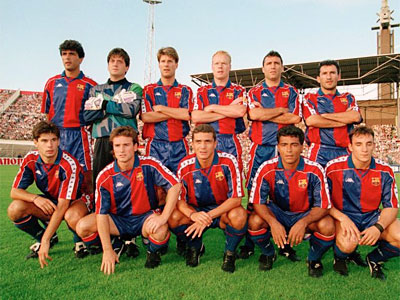
Following a difficult period for Barcelona football club, in 1988, a man who had provided inspiration in the past, by being the footballer he was, was burdened with the responsibility of bringing about positive change.
That man was no other than the Flying Dutchman, Johan Cruyff.
On the field, Cruyff was the reason the Netherlands’ national team played “total football." He would often move freely on the field, and total football allowed for his teammates to adjust to his movements. And he would always yell orders on where a player is supposed to be positioned and when to move.
As a manager, the very same vision he possessed was to give birth to a football side of Barcelona that was branded “The Dream Team”—a side that would forever change the direction the club would go.
Under Cruyff, Barcelona became a hugely successful blend of home-grown and proven international players dancing under the tune of their visionary manager.
The tune would later be called “tiki-taka," a branch of the “total football” school.
Players like Josep Guardiola, Albert Ferrer, Txiki Begiristain, Hristo Stoichkov, Romario, Michael Laudrup and Ronald Koeman seized their fortune to gain the status of club heroes.
Between 1990 and 1994, four consecutive La Liga titles were won. Pillage in the form of three trophies from European conquests also travelled to adorn the Barcelona trophy halls. The Copa Del Rey was won in 1990 and the European Supercup in 1992, along with three Supercopa de Espana between 1990 and 1994.
Eleven trophies in total stretched over an eight-year long period of Johan Cruyff’s Barcelona tenure (but the accomplishments were really achieved inside five years; in the other three, Cruyff didn’t win anything). The Dutchman broke the records for the club’s longest serving and most-successful manager.
In the later part of his career, past glory could not cancel out two years of trophy-drought, and in 1996, the club’s president relieved Johan Cruyff from his position.
His legacy though would have a much longer effect than expected. His “Dream Team” had already done what it was supposed to do: shape the mentality of the club to one of winners.
Bibliography
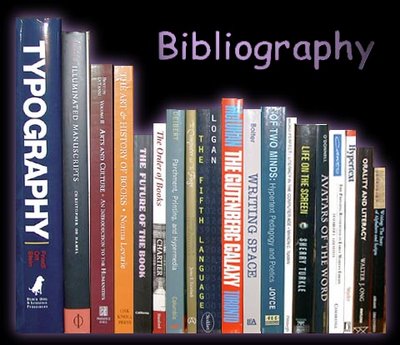
Bibliography:
Wikipedia: http://en.wikipedia.org/wiki/FC_Barcelona
fcBarcelona.com: http://www.fcbarcelona.com/web/english/club/historia/historia.html